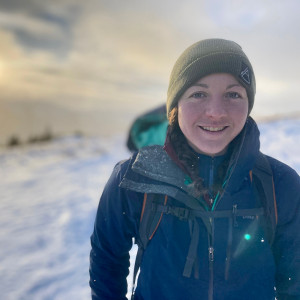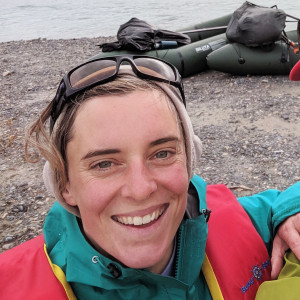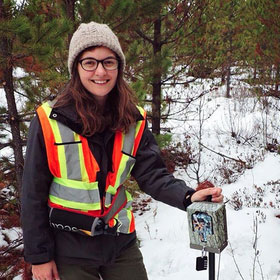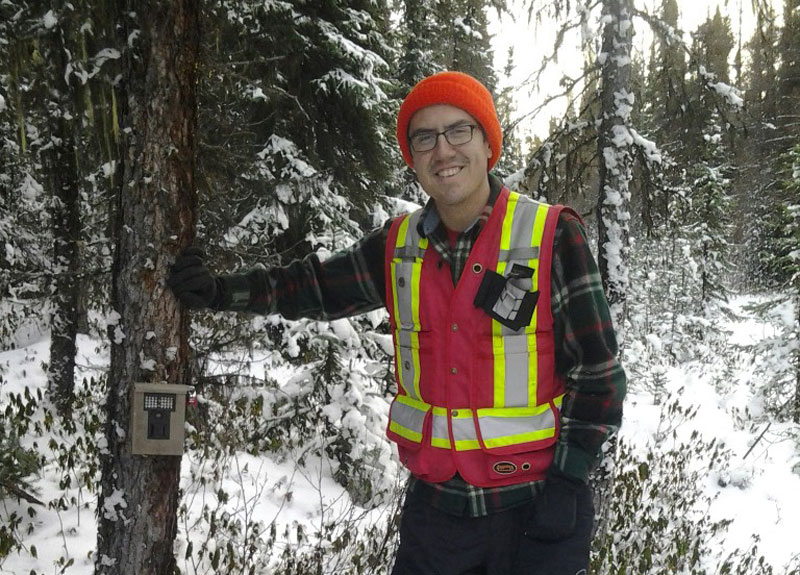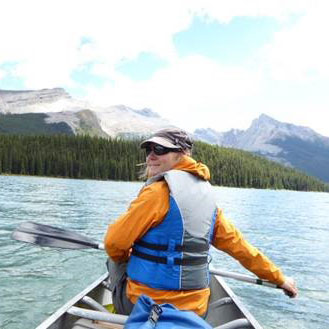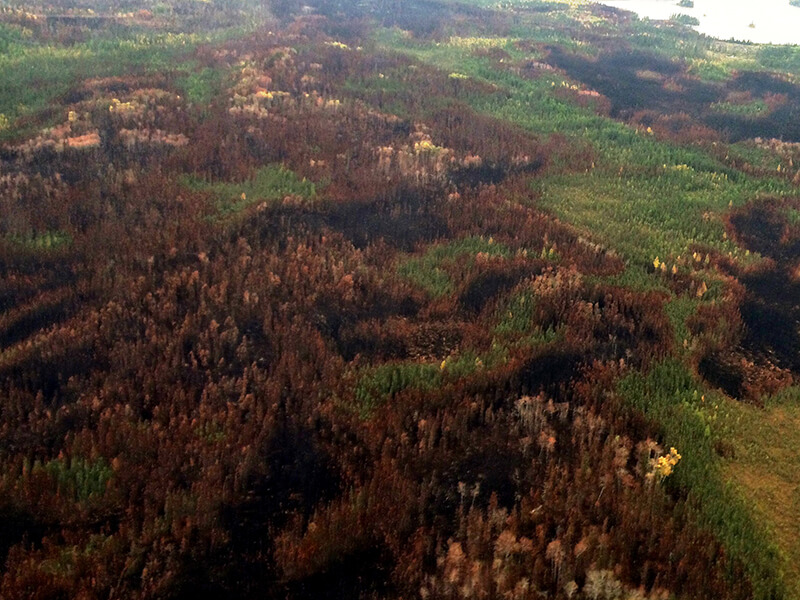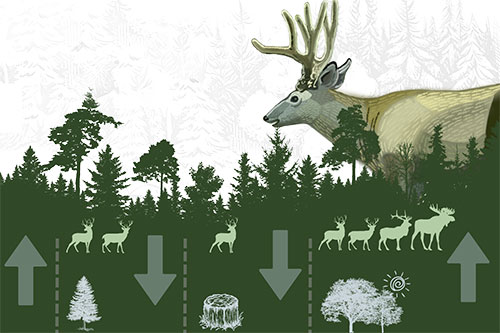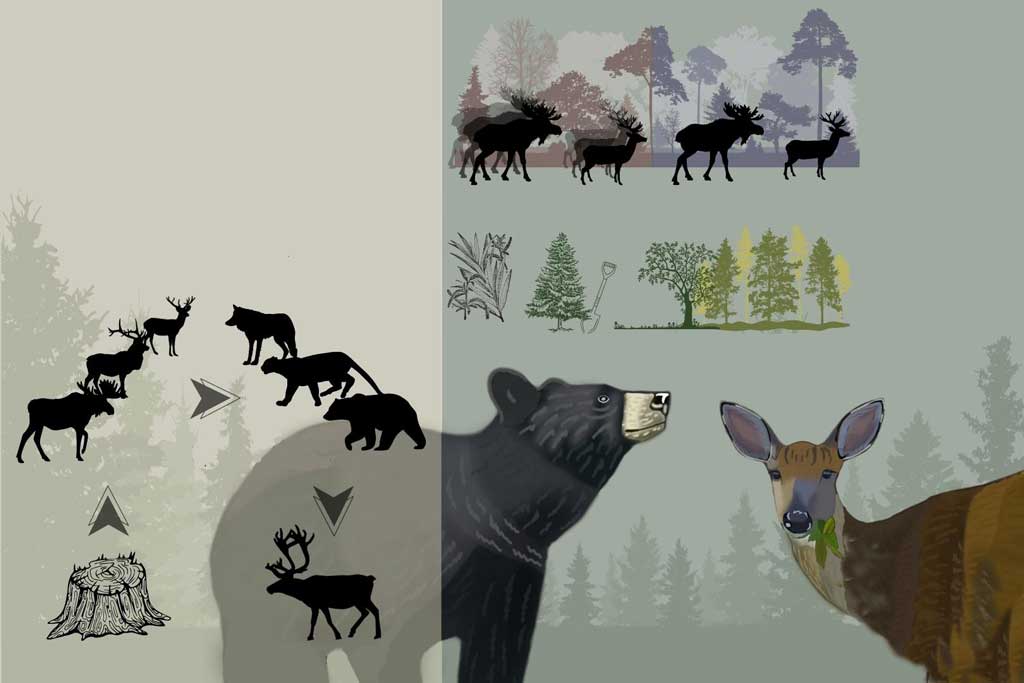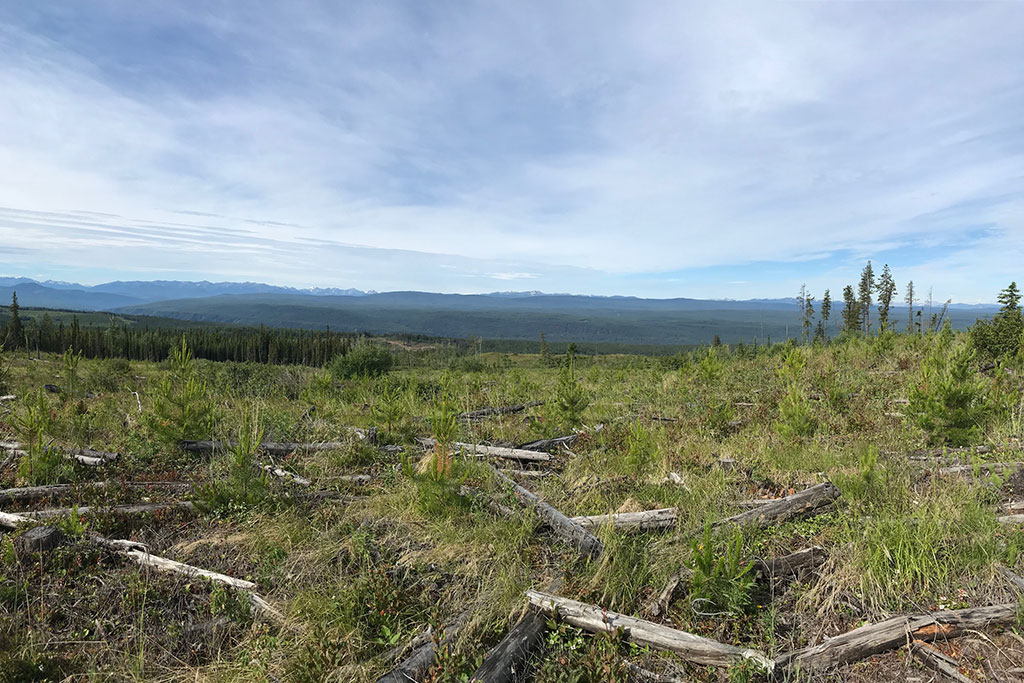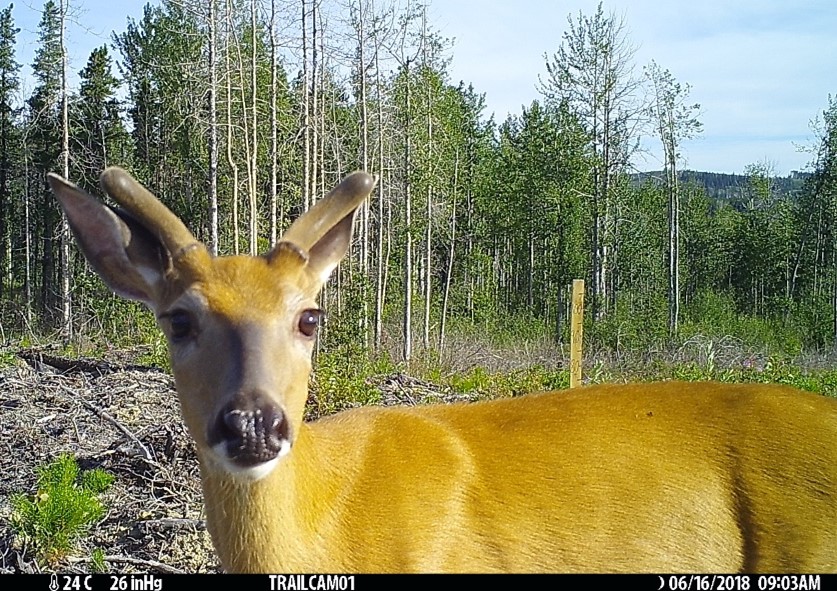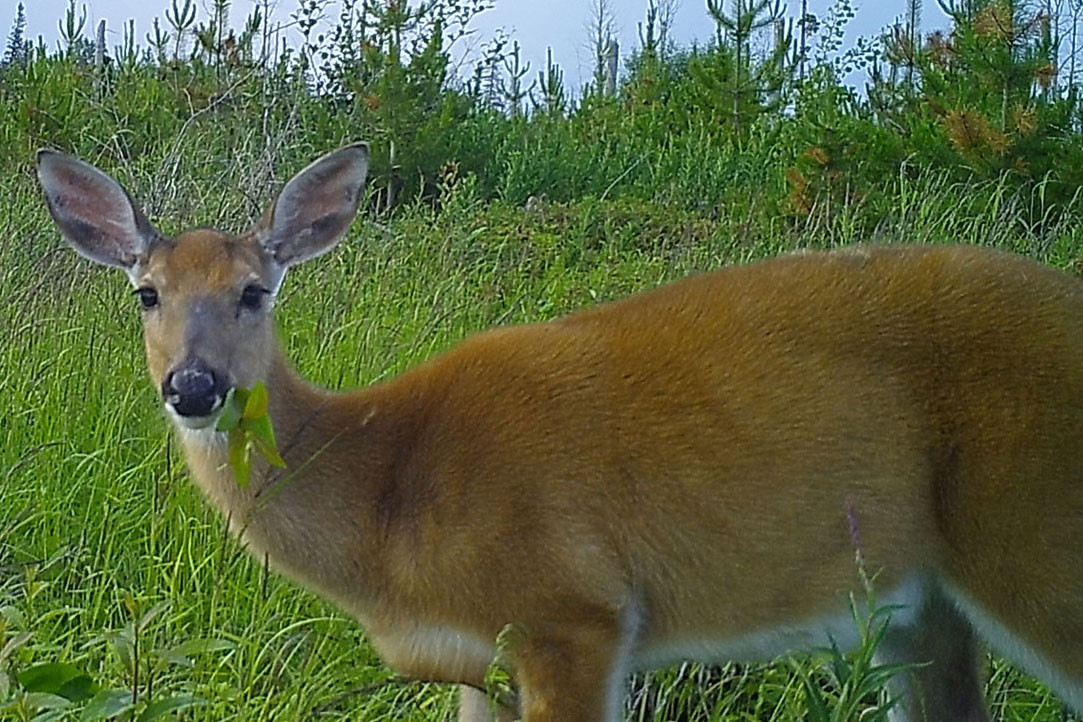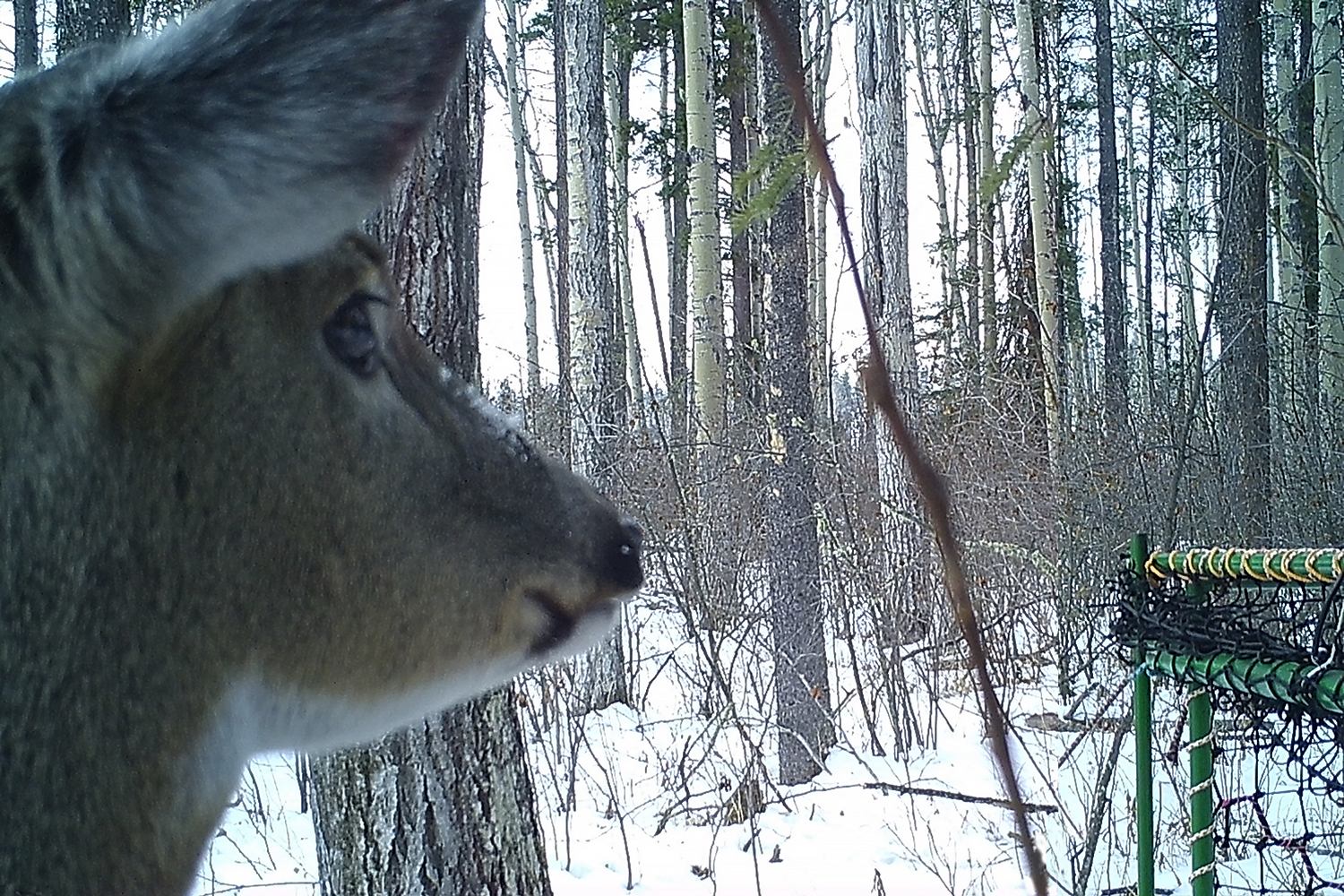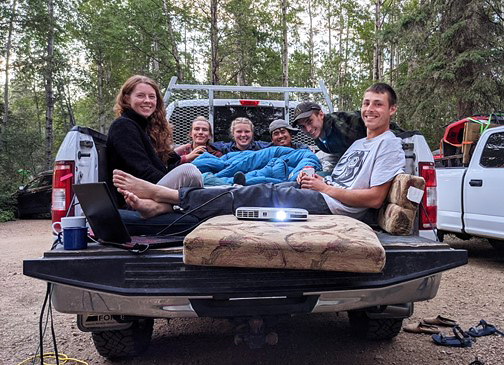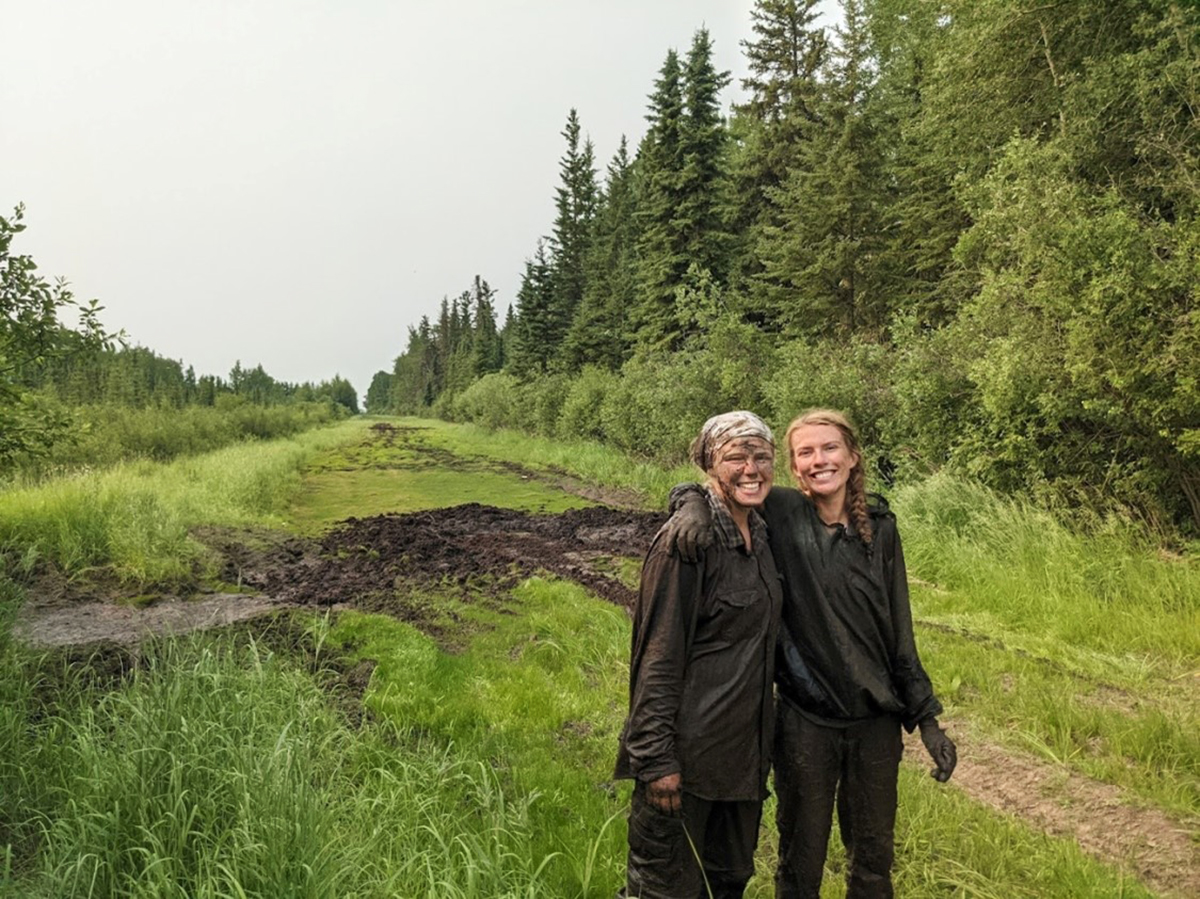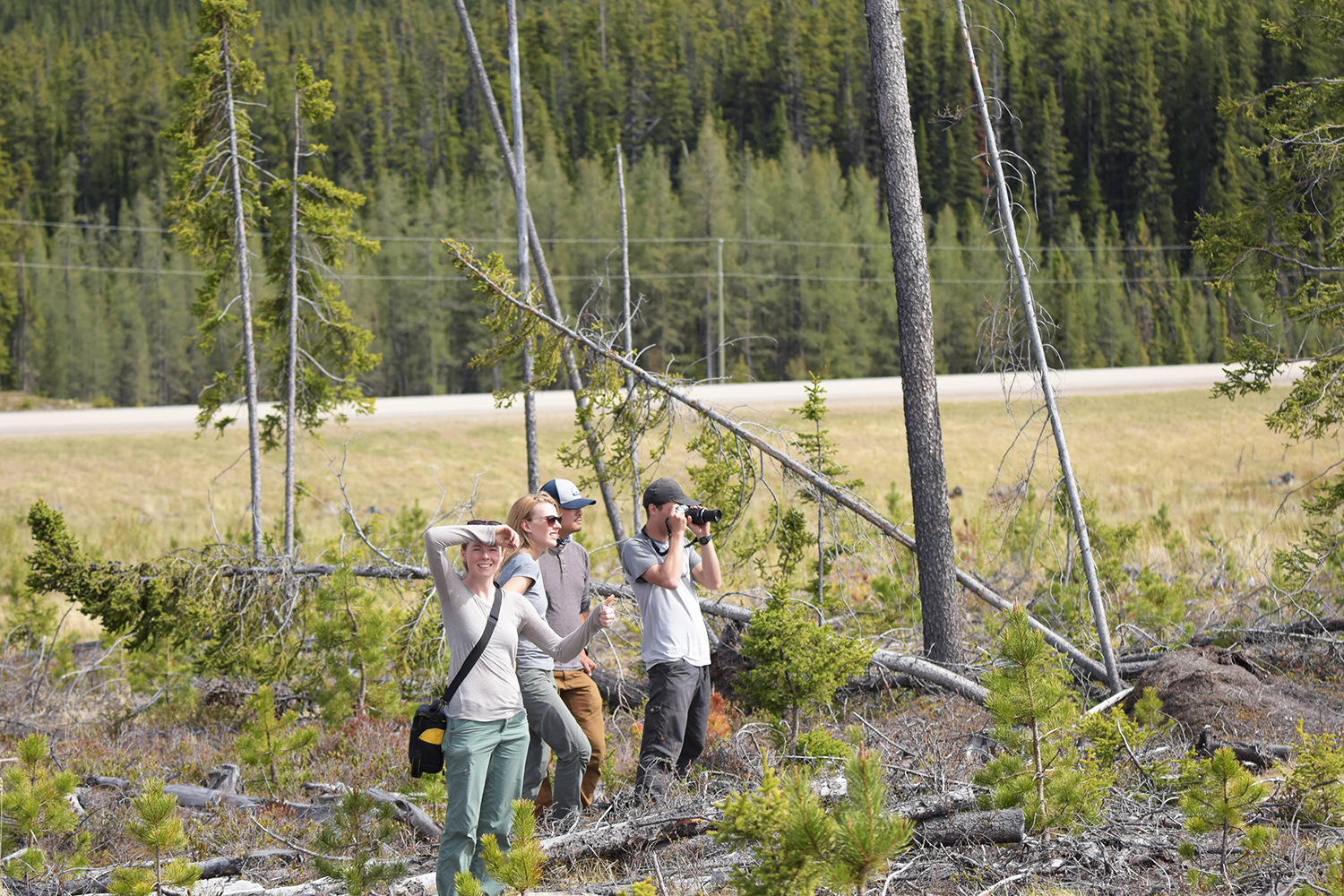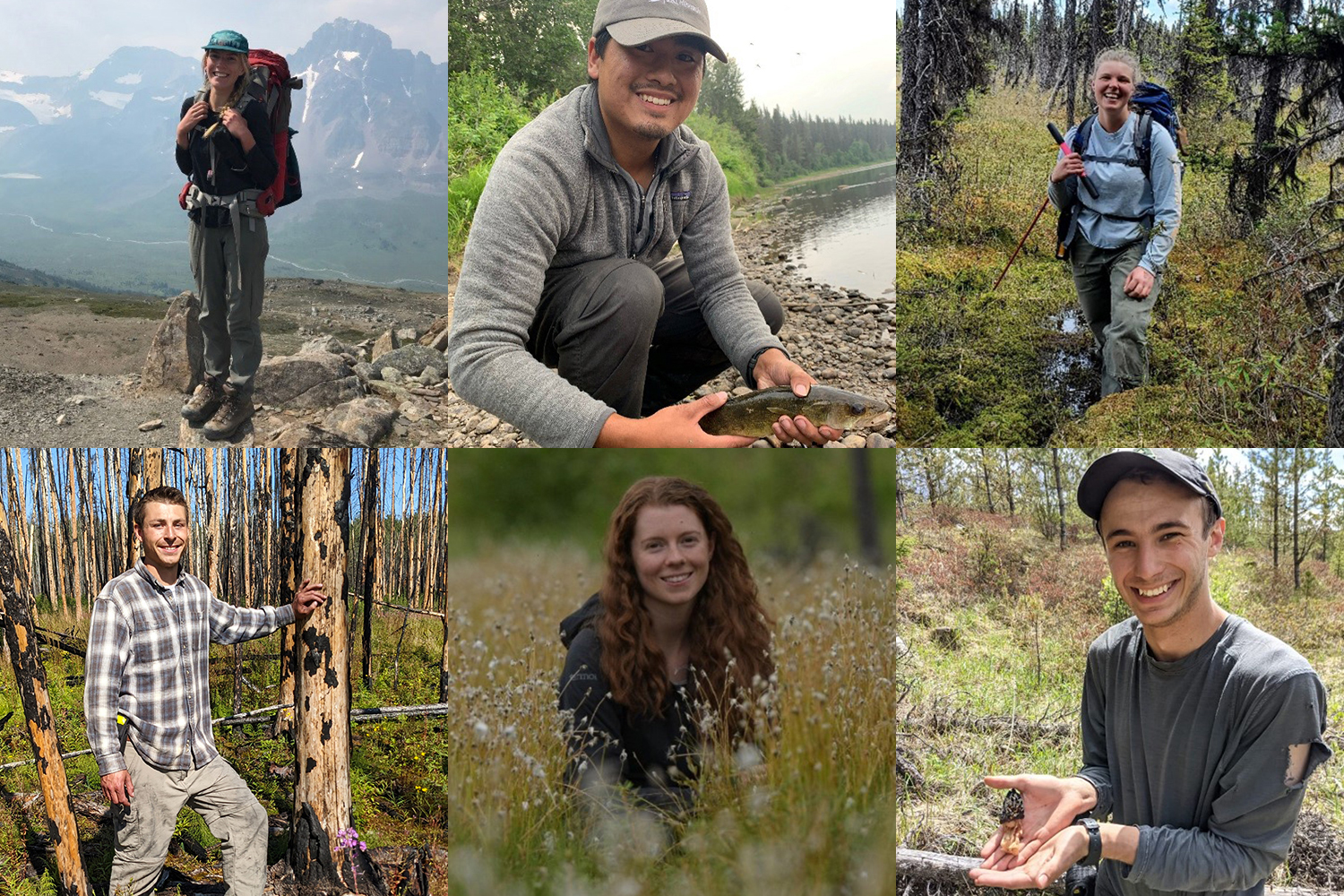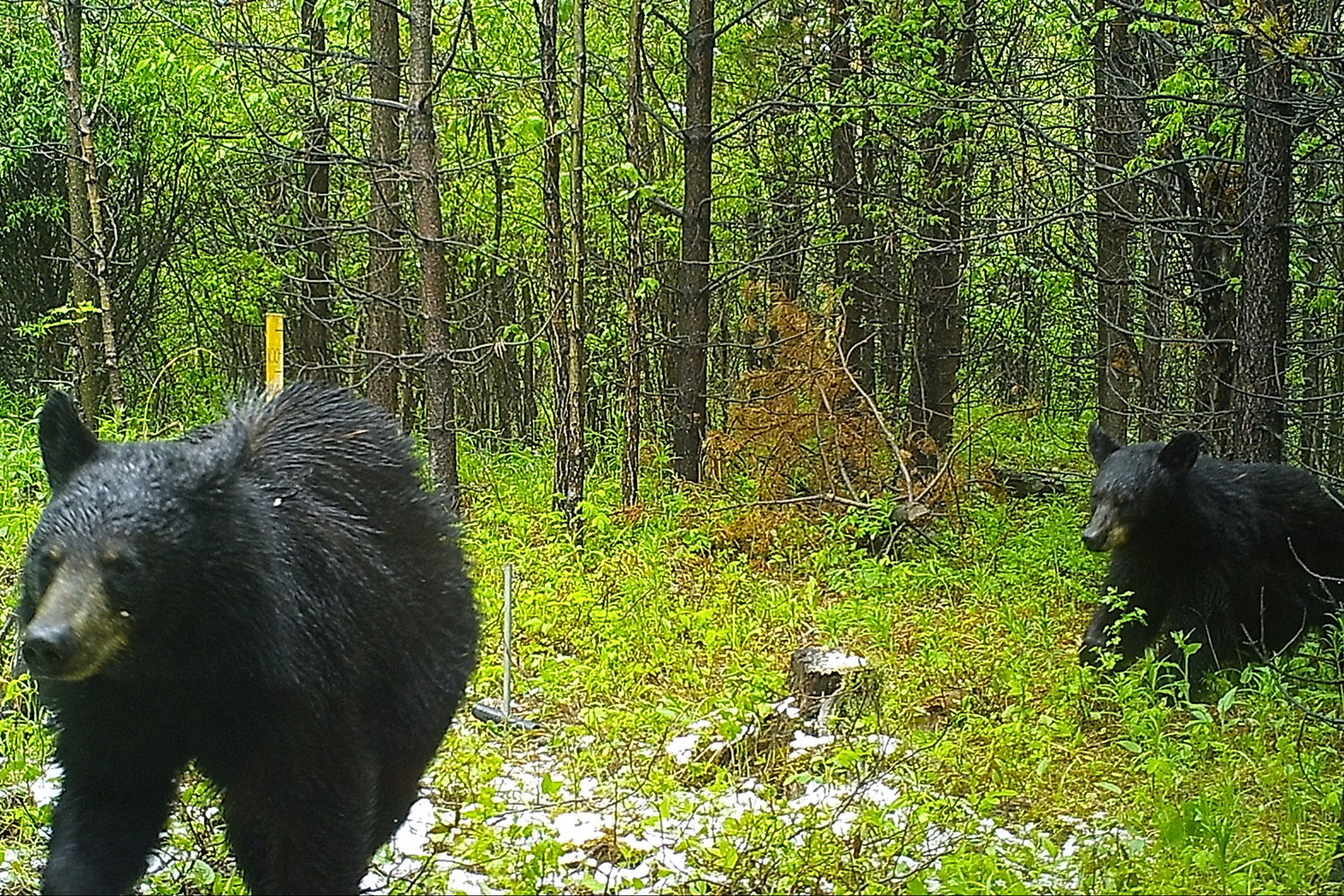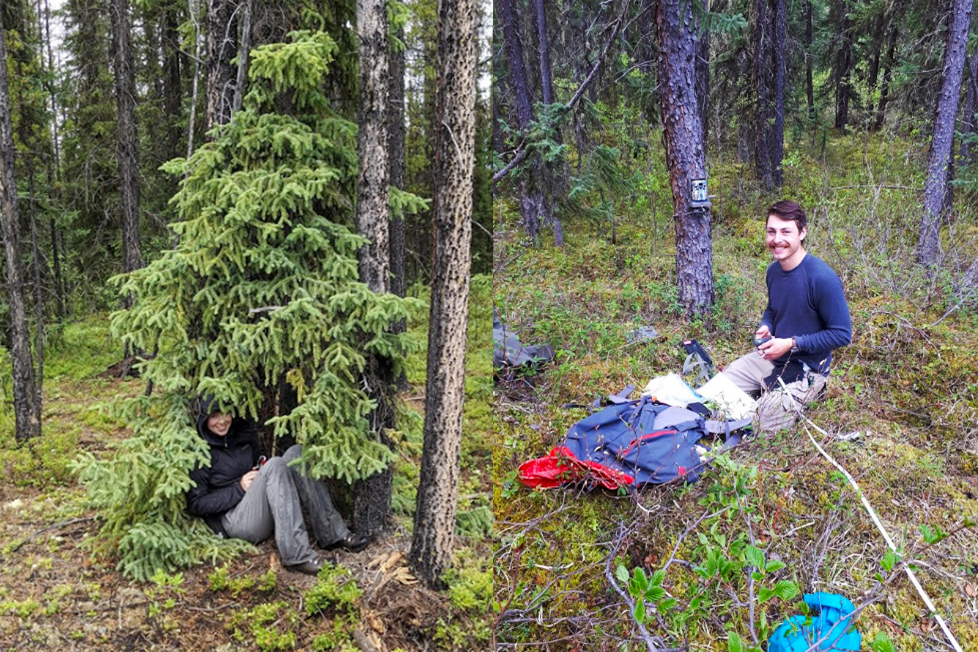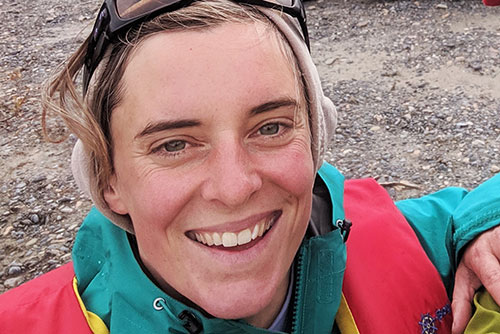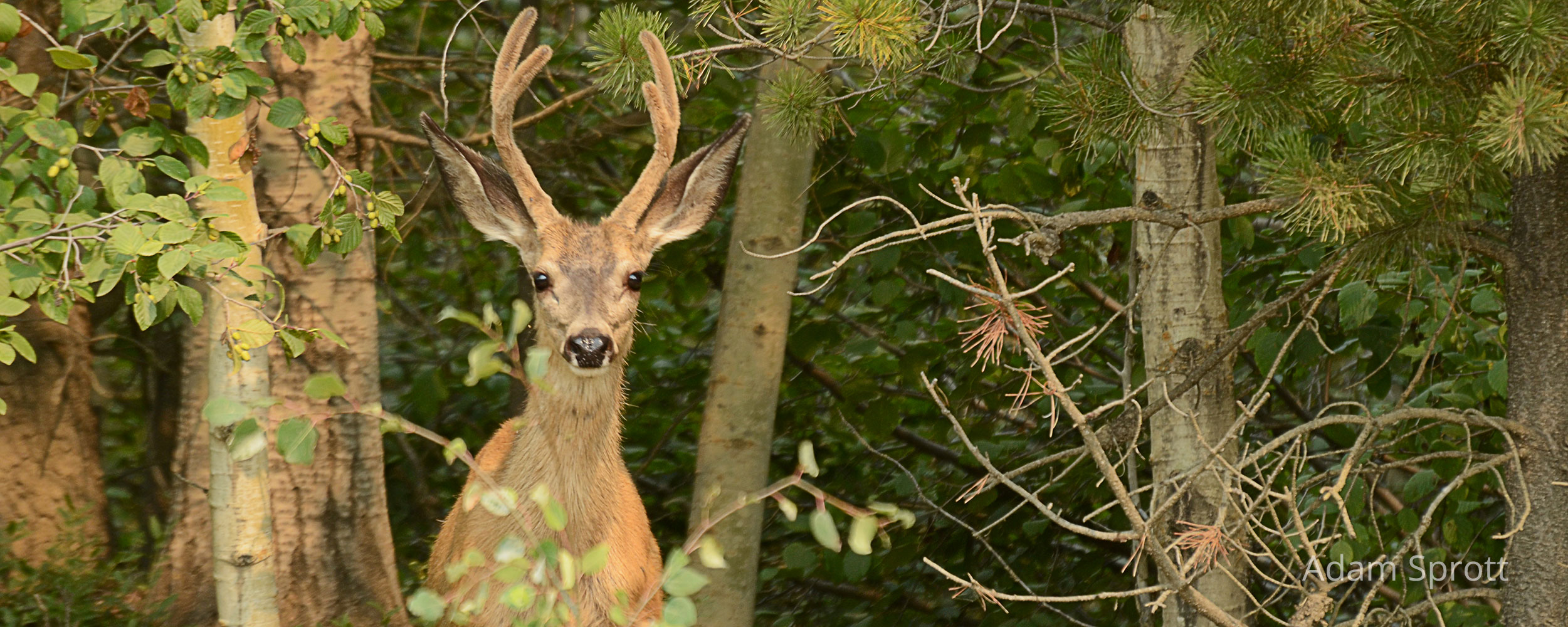
Caribou Conservation through Better Cutblock Design
Beginning in 2018, this project will investigate how cutblock design can be less favourable for deer, moose, and elk.
Converting old forest to early seral stands through forest harvesting turns good habitat for caribou into good habitat for moose, deer, and elk—and their predators. We will set up camera traps in cutblocks and fit deer with GPS collars to see how cutblock characteristics affect their use by deer. Managers can use this to design cutblocks with caribou conservation in mind.
Background
Declines of woodland caribou are linked to human-caused landscape changes that convert mature forests to early seral stands. Early seral stands provide abundant forage that support high populations of primary prey (e.g., deer, moose, and elk). More primary prey within caribou ranges in turn leads to more predators (e.g., wolves).
Objectives
- Determine how timber harvesting regimes and silviculture practices could make cutblocks less favourable for primary prey.
- Provide land-use managers with information that can be used to reduce the impacts of timber harvesting on caribou by creating cutblocks less favourable to primary prey.
Methods
We will examine primary prey use of cutblocks as a function of cutblock attributes (e.g., site prep, planting, and tending) in west-central Alberta using a combination of data from GPS collars and remote cameras:
- Collar 20 mule deer and 20 white-tailed deer within four caribou ranges
- Use 60 remote cameras to monitor cutblock use by moose, elk, and predators
We will use collar and camera data to predict species-specific cutblock use as a function of ecological and silviculture attributes.
Applications
The results of this project can be used by forestry planners to benefit caribou recovery by informing best silviculture practices within caribou ranges, and specifically to identify:
- Priority areas for restoration activities (i.e., target specific cutblocks associated with high probability of use by primary prey for early restoration).
- Site prescriptions that are preferred by primary prey based on cutblock data within caribou ranges, and consider these site prescriptions in landscape planning.
- Site prescriptions that are least favored by primary prey to guide restoration tactics that effectively reduce ungulate habitat within caribou ranges.
Study Area

Spatial data layers assembled and field preparation underway
Crews setting up trail cameras
65 trailcams deployed & vegetation assessments carried out on a subset of plots
Crews setting and checking traps to fit deer with GPS collars.
12 deer captured
9 fitted with GPS collars.
Crews visiting cutblocks to check trail cameras
Crews finished visiting cutblocks to check cameras and carry out vegetation surv
Classifying photos from the cameras and are getting ready for winter capture
One month of looking for field signs and scouting for trap sites for the winter
14 collars were deployed on deer over the winter
All images collected and vegetation plots sampled
photo classification underway
F
